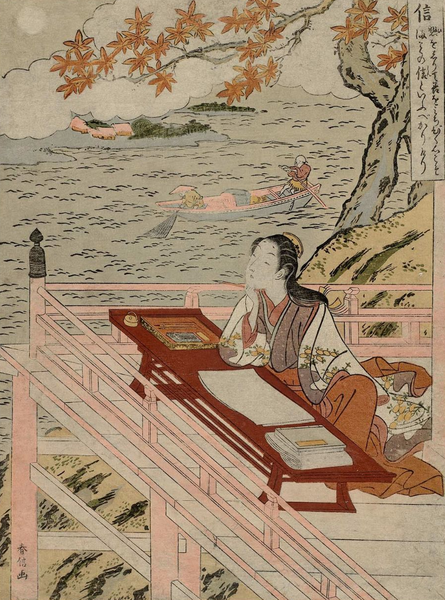True, that all my writing sits on other writing
that has been effaced to make room
for the new words, but traces remain.
Sometimes, I try to hide the past.
There are things you can never erase.

The image is a detail from The Archimedes Palimpsest (pal·imp·sest). This is a digitally enhanced image of the beginning of Archimedes’ Method, a treatise that survives uniquely in the Palimpsest. Archimedes wrote the Method as a Letter to Eratosthenes, and it begins “Archimedes to Eratosthenes Greeting.” Learn more at the Archimedes Palimpsest Project Website





